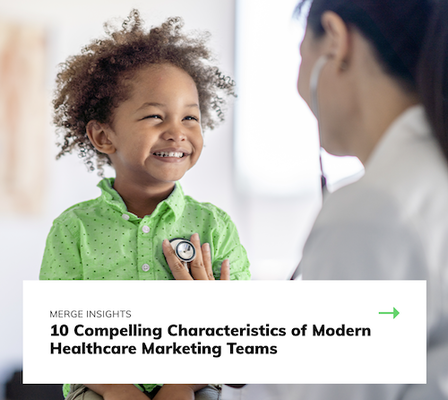
95% of both B2C and B2B executives say they believe their customers are changing faster than they can change their businesses. (Accenture, Life Trends 2023)
So how are you keeping up?
In our work with dozens of healthcare clients, we have a unique perspective on what’s working and what’s not. And, the one thing we know for sure, that if you aren’t changing, you are falling behind.
More and more our clients are collaborating with us on what needs to change and what should be prioritized to move them along the maturity curve toward a smarter, integrated, data-driven marketing ecosystem. After three years of COVID response and the current need to drive revenue and reduce cost, many marketers are ready to accelerate change.
To that end, we’ve identified some of the most compelling ways you can activate a modern approach to marketing that will improve revenue and help reduce cost:
1. FOCUS: Better segmentation to increase relevance and impact
While we take care of all, better segmentation of our audiences makes our work more personal, relevant, efficient and impactful. There are several ways to deliver segmentation:
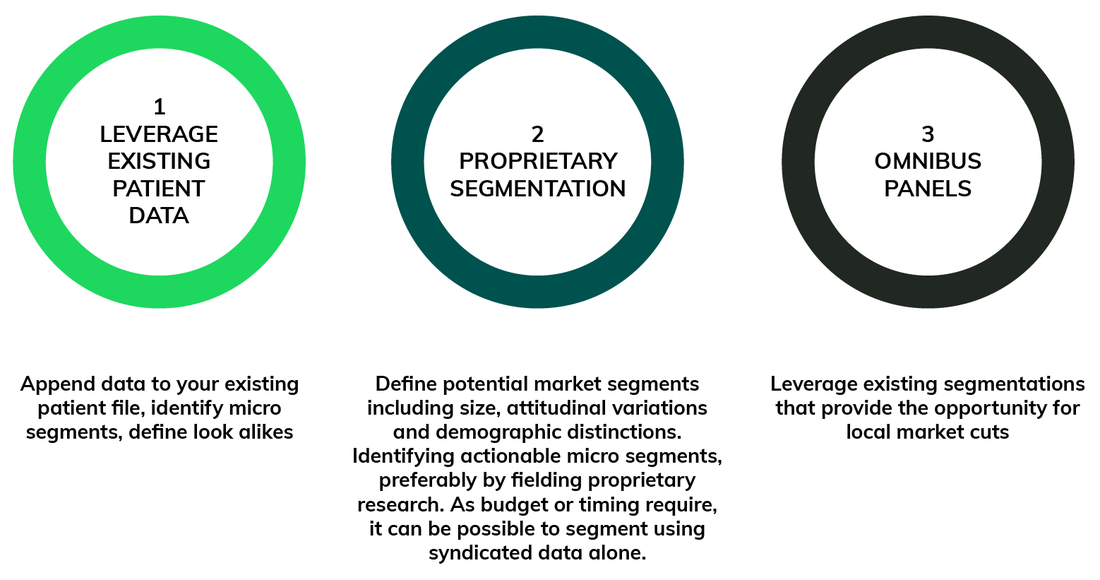

2. CRUSH SILOS: “Digital” is not a sub-department of marketing anymore.
Everything is digital today - television, collateral, even print has a digital version. So save yourself and your patients, by recognizing that everyone in marketing needs to be a digital expert now and in the future. Understanding and embracing the modern marketing ecosystem of unified data, omnichannel support and a strong CRM stack, as well as integrated content and paid media is critical to future success.
Without a streamlined digital experience, the patient care journey becomes disjointed. Having a care coordinator can help, but ideally the technology and systems needed to coordinate care can ease the burden of the entire journey.
Consumer expectation has only increased since the onset of the pandemic and will continue to rise in the coming years. The organizations who reach “the finish line” first will have a decided advantage over other health providers in a way not seen by other marketing and experiential advancements.
So, there’s no time better than the present to break down silos to create a more seamless and better integrated patient experience that drives loyalty; moreover, just over half of CEOs say that digital improvements have contributed to their overall revenue growth.
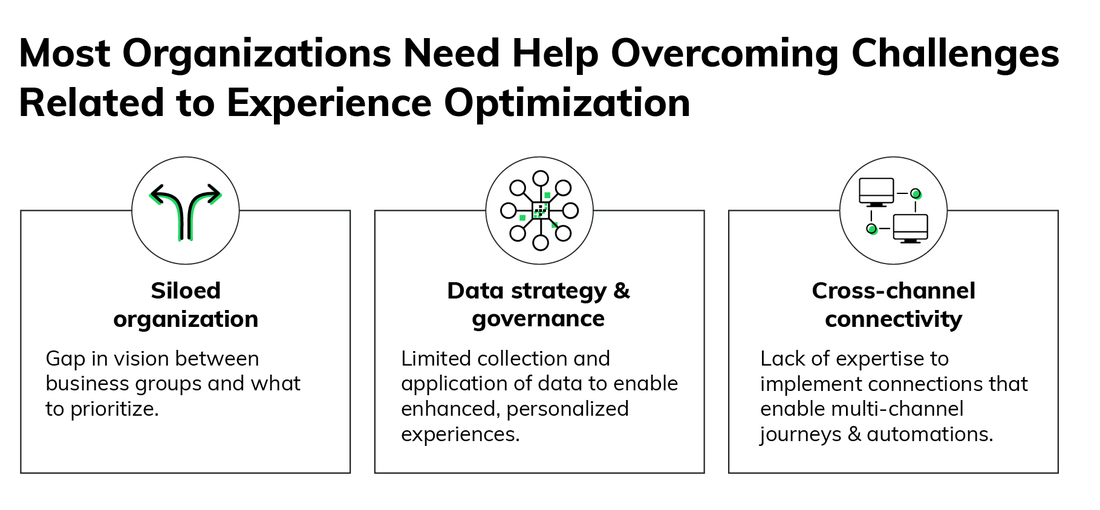
3. GO BEYOND THE FUNNEL: Time to integrate the journey with the funnel
If you don’t know your various customer journeys or have them documented you should. We find that comprehensive journeys are becoming cornerstones for integration - one of the toughest jobs of modern day marketers. When done well and with solid insights, these tools ensure that the patient comes first and that stakeholders are aligned to the basic assumptions of the patient experience.
Additionally, there’s an inclination to use the traditional marketing funnel in lieu of a journey. Don’t do it. They serve very different purposes and can create the wrong focus within your organization.
Our marketing strategists define it best:

4. SURROUND SOUND PATIENTS: Bridging the Gap Between Clinical & Marketing for Chronic Conditions
With population health and value-based care, healthcare marketing needs to shift more dollars and strategies for lifestyle change initiatives especially among the chronic condition populations. Structured lifestyle change programs have proven to have significant effects; among those with prediabetes, those enrolled in such a program decreased their risk of developing type 2 diabetes by almost 60%.
With chronic and mental health conditions accounting for 90% of annual healthcare expenditures in the US, Value-based care presents a valuable opportunity to drive a renewed collaboration with high risk, chronic condition patients that includes a new operational, communications and collaboration paradigm.
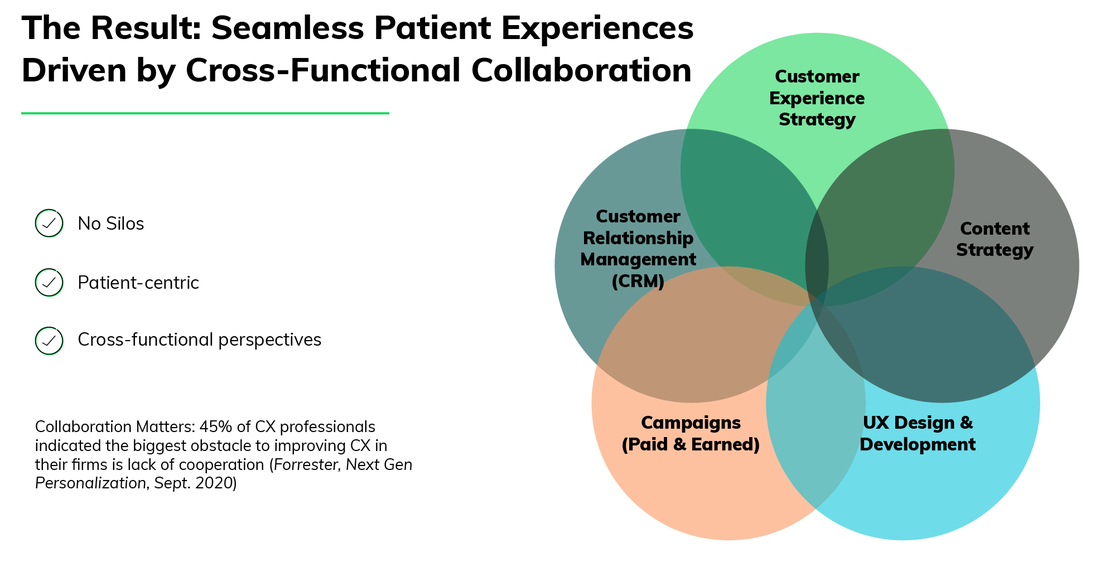
5. EMBRACE EMOTION: Build Belonging
Experts say that brands will be built by communities more and more in the future. And the benefit of most communities delivers on the important human need of “belonging.”
Healthcare brands represent a uniquely special opportunity to create belonging. Often we get distracted by focusing on the “better,” when perhaps embracing more of what we have in common can create the greatest difference.
Research shows that emotional campaigns deliver a much better ROI. The heart goes on.
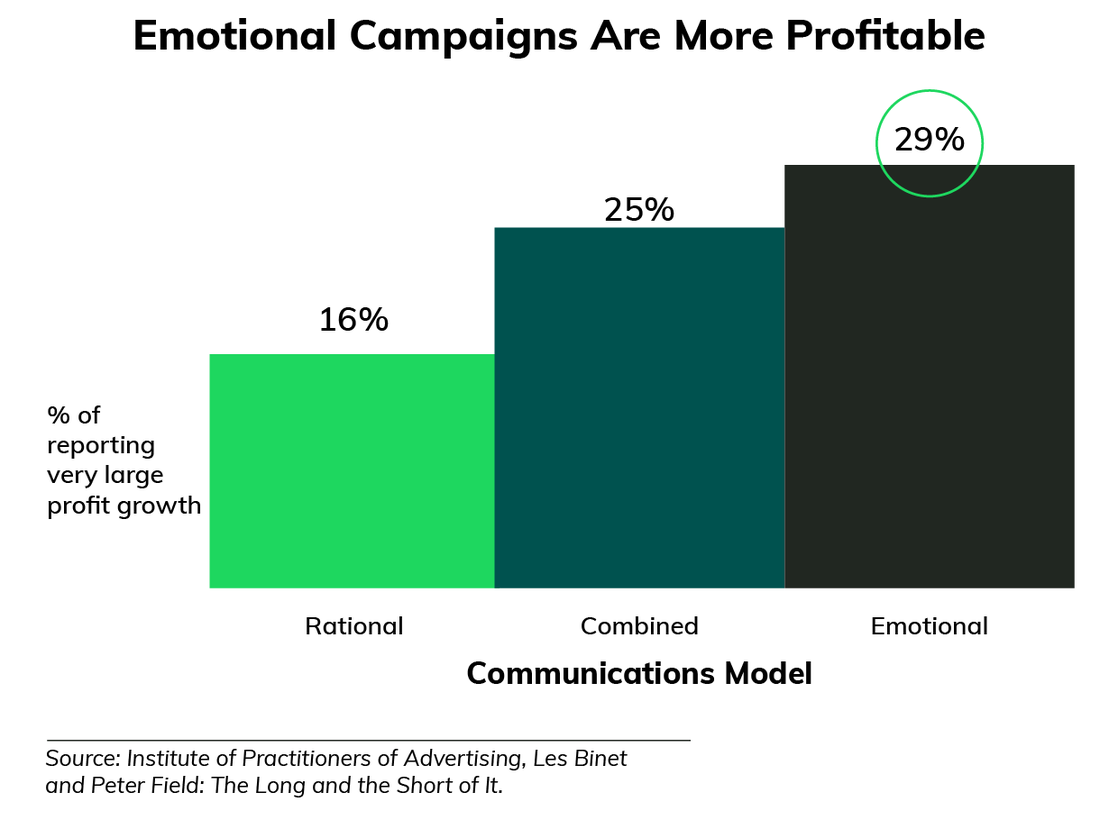
6. PARTNER WITH PERMISSION: Zero-Party Data Will Improve Patient Engagement
Today, health systems have the same aspirations as companies in any industry: to engender long-term relationships with their consumers. But with increasing restrictions around privacy and the onset of 3rd party cookie depreciation, brands must rely on first- and zero- party data to gain valuable information about customer’s interests and intent in order to deliver more relevant and personalized user experiences.
These ‘owned’ data assets provide the building blocks for a future-proofed data strategy. Zero Party Data (ZPD), or explicit data, is the data a customer intentionally shares with a brand including Purchase intentions; Email address, telephone number, Preferences and newsletter subscriptions. First party data includes users behavior across websites and apps, in terms of clicks, scrolling, purchases, downloads, chosen language, and active time spent on a page.
With both sets of data, we have a more holistic view of audience needs to design personalized predictive and responsive experiences. Paired with a connected, integrated tech stack we can deliver next level healthcare marketing.
7. INVEST IN INTELLECTUAL PROPERTY: Boosted Analytics Will Create New Insights & Opportunities
With the proliferation and evolution of digital platforms, measurement insights and optimization strategies will continue to be in high demand. Understanding both individual and synergistic channel performance will be the secret to high-performance marketing. Continued ROI measurement will require more work around the value of various patient segments, as well as, downstream revenue associated with a given patient type.
Brand, market and competitive intelligence, will continue to be prime in monitoring market changes, equities and liability shifts as mergers and acquisitions continue to grow.
With data privacy evolving, keen insight into new platforms will be critical to staying ahead of the ever-evolving digital landscape.
8. PROTECT TALENT: Help Improve the Physician Experience to Deliver Better Patient NPS
We know that patient NPS is directly related to provider NPS and engagement. We expect marketing (or HR) to partner with IT to improve the experience for team members, especially members especially physicians.
By optimizing one of the benefits of a healthcare “system”, we can lighten the administrative burden on physicians, allowing them to devote more of their time to patient care instead - their primary goal and motivation. In today’s high stress environment, healthcare technology can increase physician satisfaction. Technologies that drive their efficiency and engagement can, in turn, drive clinical effectiveness and positive patient outcomes.
9. OWN EMPLOYEE DELIGHT: Redefine Your Employer Value Proposition Through Brand and Operations

All healthcare organizations will need to put their best foot forward on innovation with the employer brand experience to re-engage the talent market in the passionate work of healthcare. Operational improvements that make the lives of providers and employees better and easier - meeting them where they are - will offer employees focus on delivering value to patients and organizations. The definition or redefinition of the EVP - Employer Value Proposition - is an imperative.
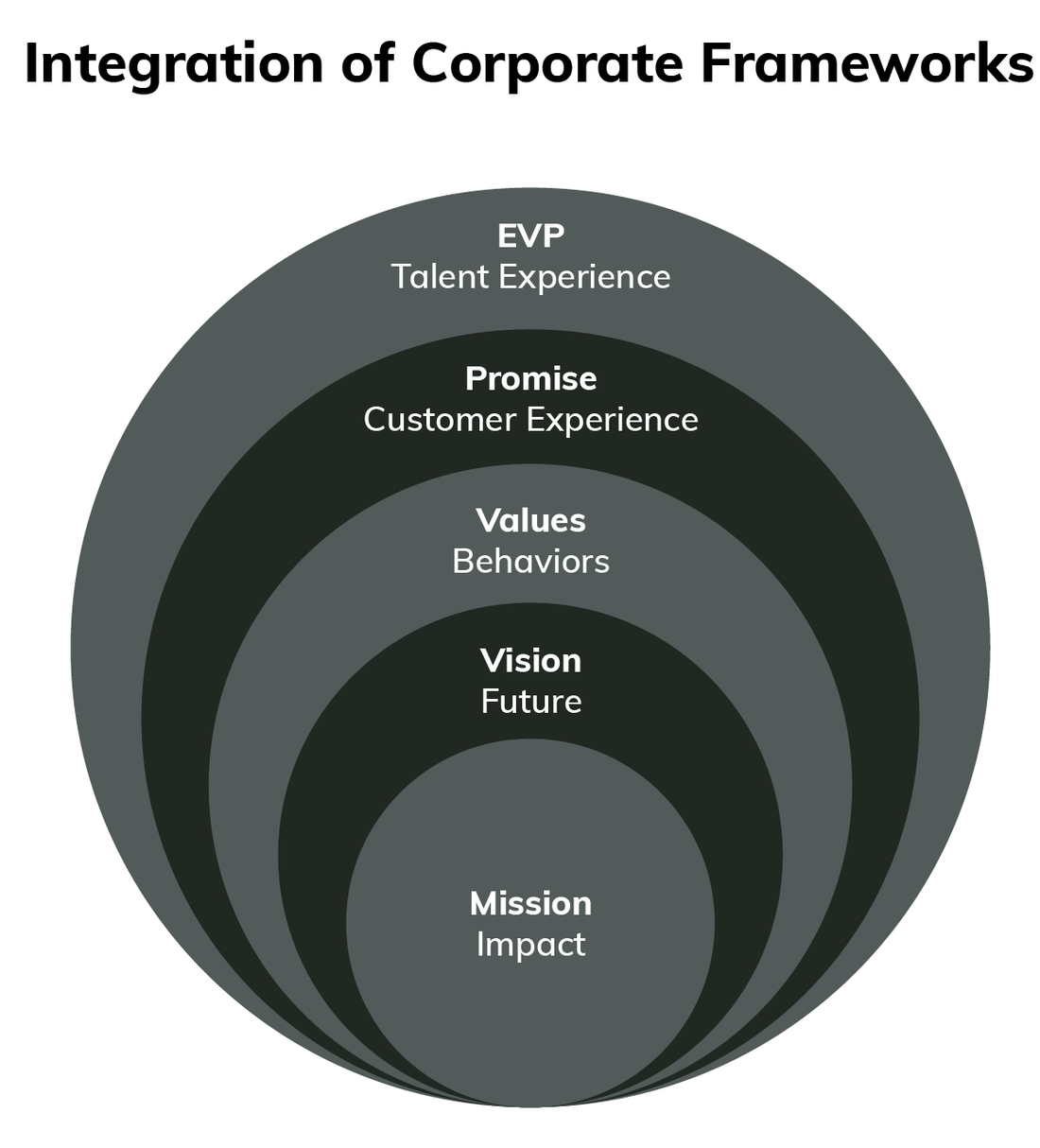
10. PERSIST: Leverage the Latest in Digital Marketing to Drive Talent Acquisition
More clients are leveraging the expertise of their marketing and PR teams to drive unique approaches to more engaging, targeted talent acquisition initiatives. Almost 70% of job candidates pay attention to a company’s brand and values, highlighting the importance for coordinated efforts and outreach between marketing and HR.
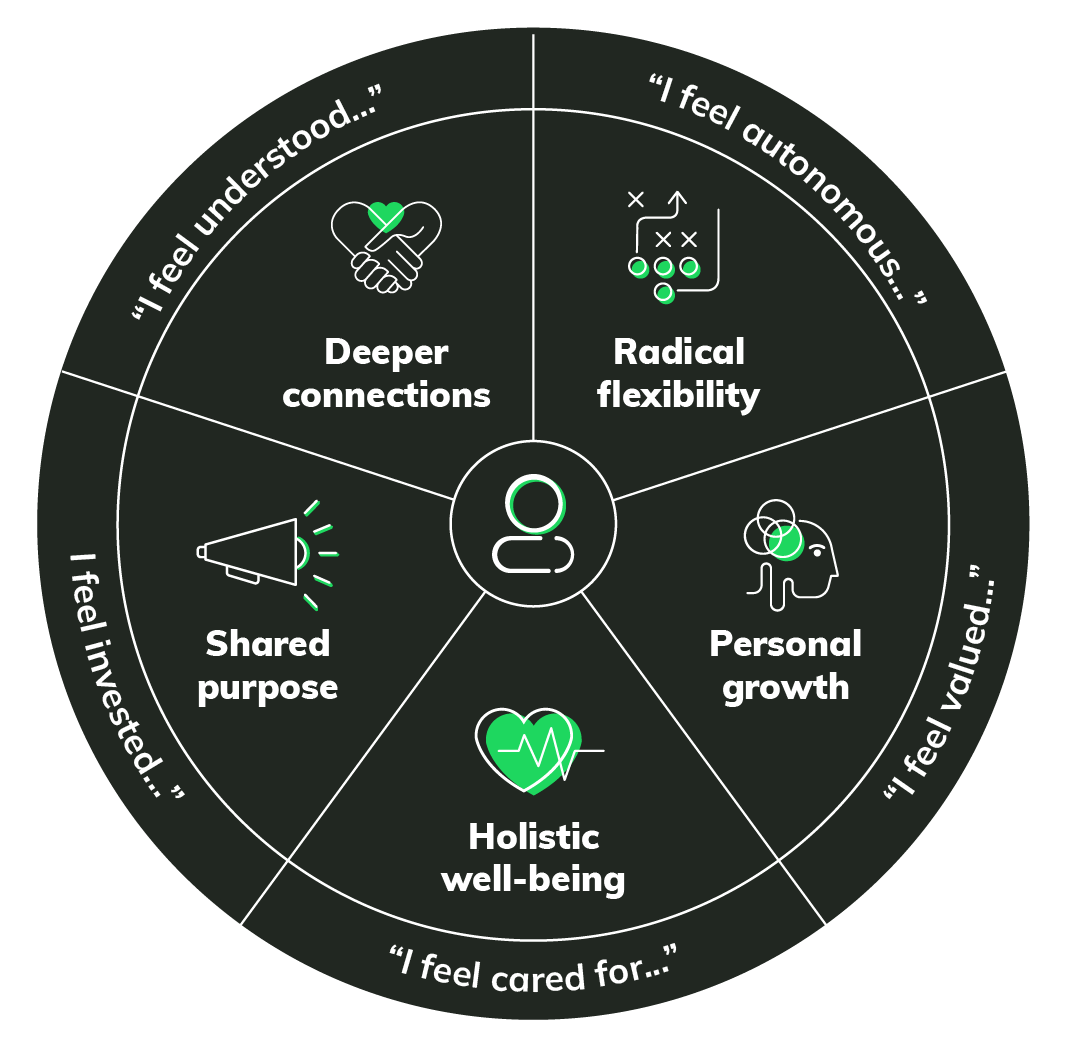
Source: Institute of Practitioners of Advertising, Media in Focus: Marketing Effectiveness in the Digital Era
TALKING POINT
The integration of brand and demand generation efforts will drive and sustain growth more effectively than either one on their own.
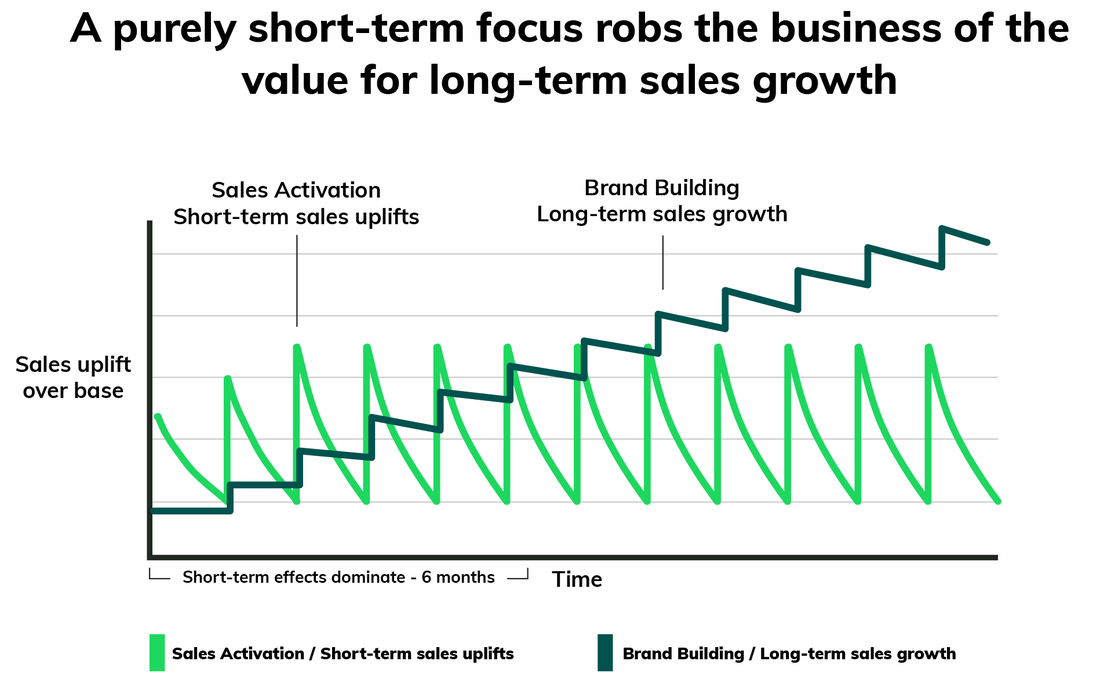
Source: Institute of Practitioners of Advertising, Media in Focus: Marketing Effectiveness in the Digital Era
Indeed, healthcare marketing is changing more dramatically than ever before, but the undulating landscape shouldn't leave you feeling stuck in quicksand without the tools to stay agile and keep pace.
By adopting a modern approach that more effectively blends relevant data-driven decision-making, greater integration between teams, and a greater willingness to invest in deeper, more genuine connections with employees, and by extension, patients, you will be better equipped to not just survive, but thrive in this wonderfully exciting era of progress and evolution!
Kellie Bliss
The original version of this page was published at: https://mergeworld.com/insights/merge-insights/10-compelling-characteristics-of-modern-healthcare-marketing-teams
We are an award-winning marketing services firm that merges storytelling and technology to bring health, wealth and happiness to the world. People come to MERGE looking for a new way; for ideas and... Read more
Part Four of MERGE’s seven-part series on omnichannel marketing takes a closer look - through the lens of pharma - at media activation strategies built around a deeper understanding ...read more
If you’re in the business of reaching the niche audience that is health care providers, you’re probably feeling the squeeze of not being able to reach them online. You’re ...read more
- Designing for accessibility is building digital content that can be used by people who may have disabilities. Disabilities could range from being visual like color blindness, ...read more
Identifying Challenges and Solutions for Digital TransformationThe marketing technology (MarTech) stack has become a crucial tool for coordinating, automating and targeting messages ...read more